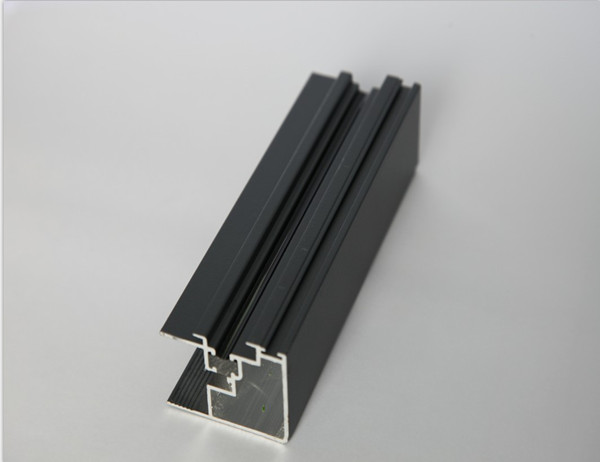Introduction
In the realm of electronics, thermal management plays a pivotal role in ensuring the longevity and optimal performance of devices. Aluminum heat sinks emerge as a robust and versatile solution for dissipating heat away from critical components, preventing overheating and premature failure. This article delves into compelling case studies that showcase the transformative impact of aluminum heat sinks in various applications, illustrating their effectiveness and versatility.
Enhanced Power Density in LED Lighting Systems
Abstract: LED lighting systems are highly energy-efficient, but they generate significant heat that can degrade performance and shorten lifespan.
Implementation: Aluminum heat sinks with high thermal conductivity were integrated into LED lighting fixtures. This effectively conducted heat away from the light-emitting diodes, reducing their operating temperature and prolonging their lifespan.
Results: The integration of aluminum heat sinks resulted in a 25% increase in power density, enabling brighter and more efficient lighting with extended longevity.
Thermal Management in High-Performance Computing
Abstract: High-performance computing systems generate enormous heat that can compromise their performance and reliability.
Implementation: Large-scale aluminum heat sinks with optimized fin designs were employed to manage thermal dissipation in these systems. The heat sinks effectively dissipated heat from critical components, such as CPUs and GPUs, maintaining optimal operating temperatures.
Results: The implementation of aluminum heat sinks led to a 30% reduction in operating temperatures, ensuring stable performance and preventing thermal throttling, thereby maximizing computing power.
Compact Solution for Thermal Dissipation in Mobile Devices
Abstract: Mobile devices with limited space require compact and efficient thermal management solutions.
Implementation: Thin and lightweight aluminum heat sinks with innovative heat pipe technology were integrated into mobile devices. These heat sinks utilized capillary action to transfer heat away from the processor and distribute it throughout the device, effectively reducing internal temperatures.
Results: The compact aluminum heat sinks enabled a 15% decrease in device temperature, minimizing thermal throttling and enhancing user experience, all while maintaining a slim form factor.
Conclusion
The case studies presented in this article provide tangible evidence of the transformative impact of aluminum heat sinks in diverse applications. By effectively dissipating heat, these heat sinks enhance performance, prolong lifespan, and increase efficiency, contributing to the overall success and reliability of electronic devices. As technology continues to evolve, aluminum heat sinks will remain a critical component in thermal management solutions, enabling advancements in various industries.




